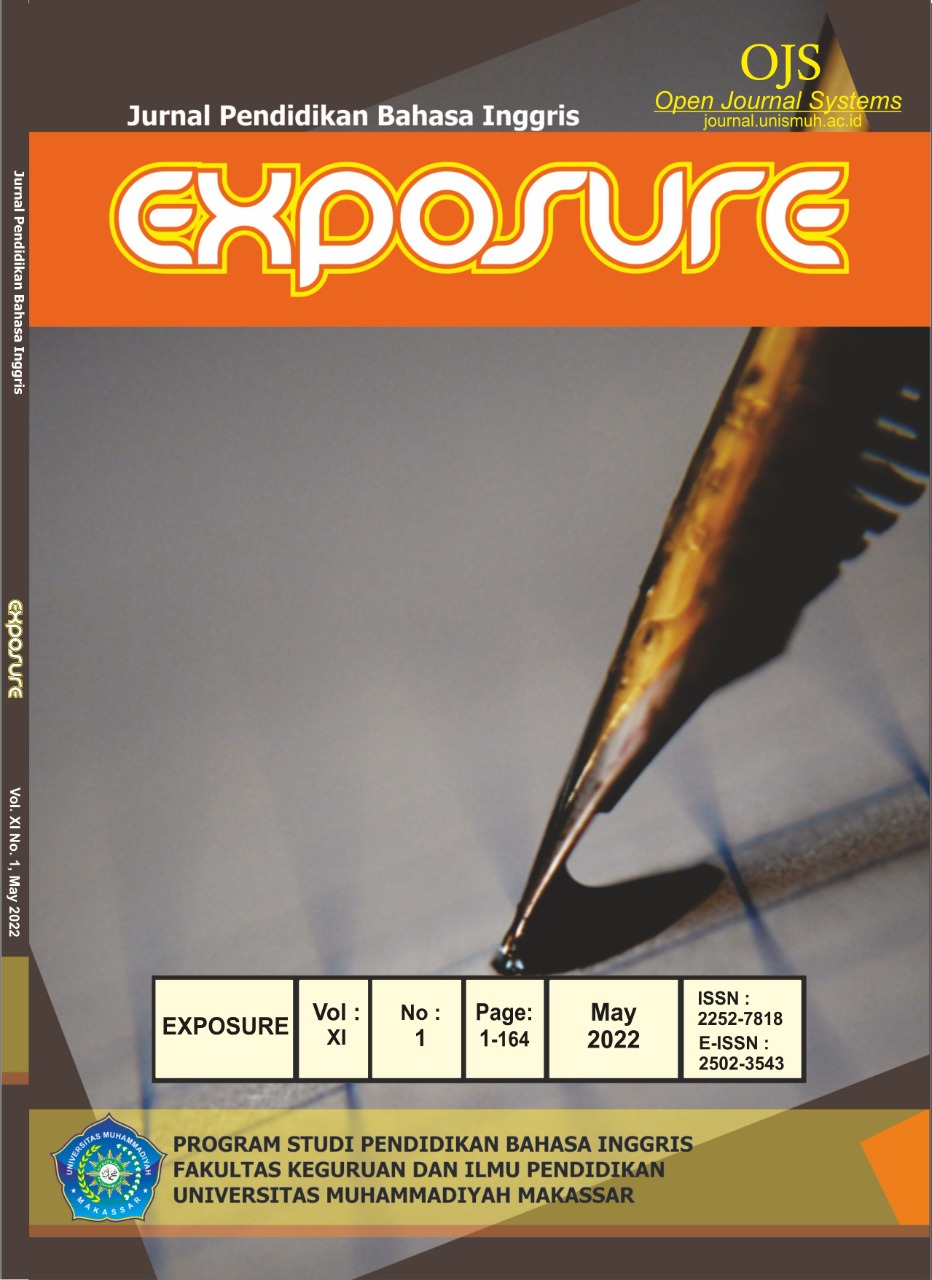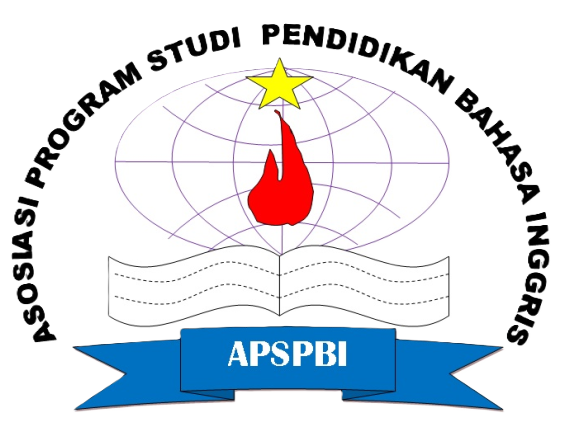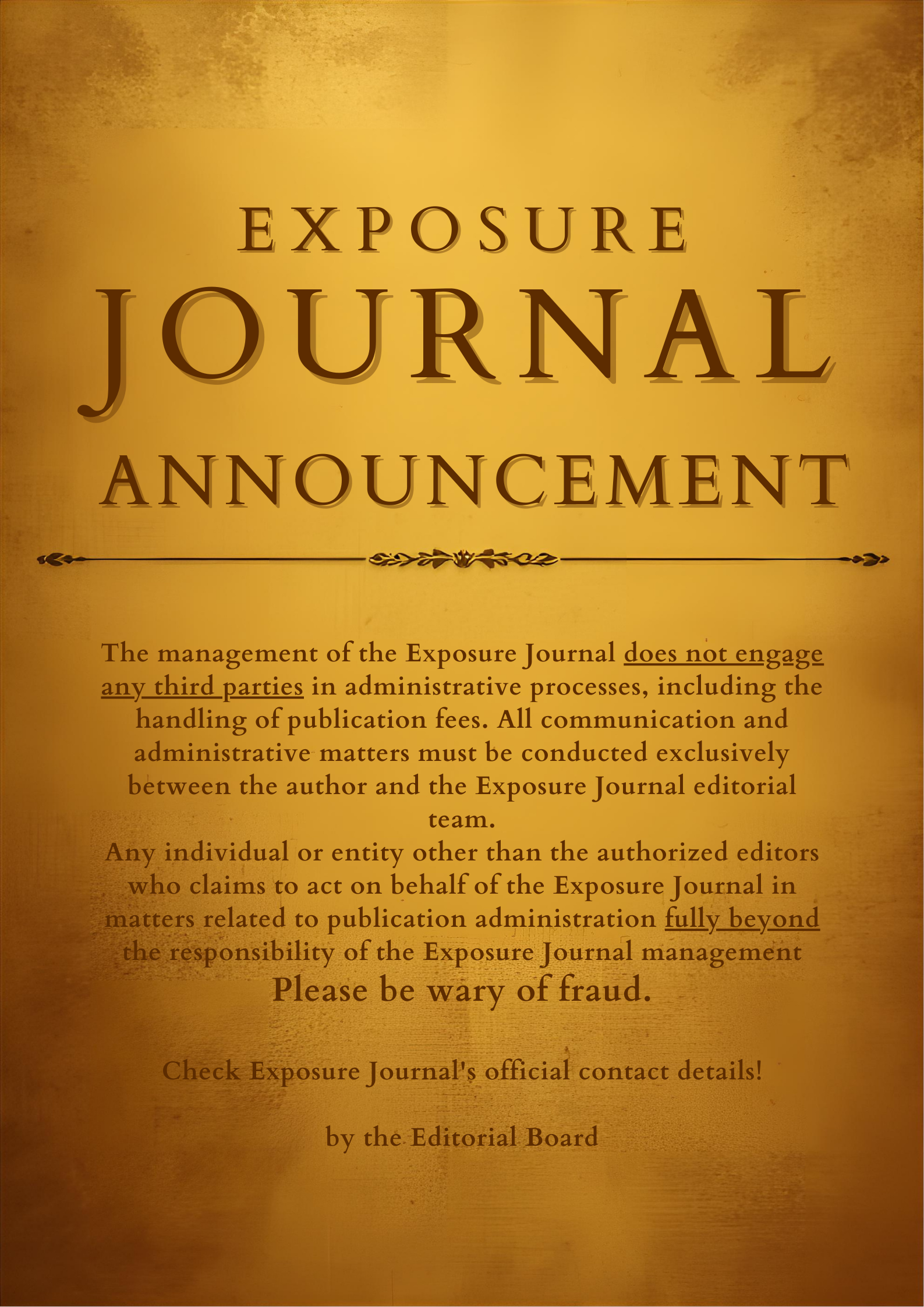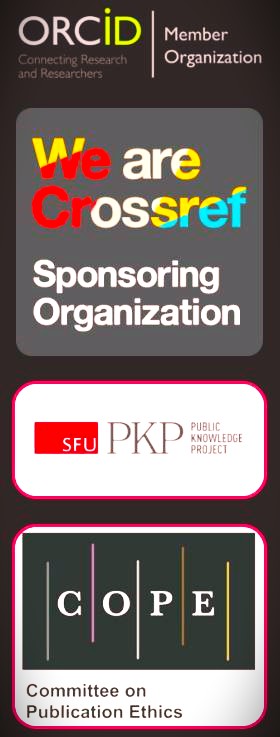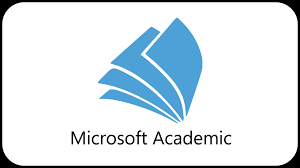THE EFFECTS OF HYBRID LEARNING IN ENGLISH READING AT SMA NEGERI 1 BURU
DOI: https://doi.org/10.26618/exposure.v11i1.6363
Reading Class, Hybrid Learning, Mobile Device, Whatsapp
Abstract
This study aims to investigate the effect of hybrid learning on the development of students reading comprehension in English Social Studies Class X1C at SMA Negeri 1 Buru Namlea, Buru Island, Maluku Province. This research used a quantitative method by applying an Experimental design, , researchers observed two classes them divided them into the experimental group and the control group class. The findings show that the mean score of the student pre-test in the experimental group was 61.1667, and its standard deviation was 8.47749, while the mean score in the control group was 58.1667, and its standard deviation was 8.65869. The differences mean score between both groups was 3. after treatments were given, the mean score of both groups was significantly different. The mean score of the students post-test in the experimental group was 72.1667, with a standard deviation of 8.57858. On the other side, the mean score of the student post-test in the control group was 63.6667, with a standard deviation 7.30297. The difference in score between both groups was 9, and it means that the mean score of the experimental group is higher than the control group, It also indicates that there is no doubt the use of hybrid learning in reading class is highly effective to achieve learning goals.References
Banks, J. A., & Banks, C. A. M. (2019). Multicultural education: Issues and perspectives.
John Wiley & Sons.
Banditvilai, C. (2016). Enhancing students language skills through blended learning. Electronic Journal of e-Learning, 14(3), pp223-232.
Bonk, C. J., & Graham, C. R. (2012). The handbook of blended learning: Global perspectives, local designs. John Wiley & Sons.
Creswell, J. W., & Creswell, J. D. (2017). Research design: Qualitative, quantitative, and mixed methods approaches. Sage publications.
Eric, G. (2013). What is your Teaching Style? 5 Effective Teaching Methods for Your Classroom. Concordia University: Portland http://education. cu-portland. edu/blog/teaching-strategies/5-types-of-classroom-teaching-styles/(Diakses Februari, 10, 2020).
Hayati, N., & Wijaya, M. (2018). Pengelolaan Pembelajaran melalui Blanded Learning dalam Meningkatkan Receptive Skill Peserta Didik di Pondok Pesantren. PALAPA, 6(2), 1–18. https://doi.org/10.36088/palapa.v6i2.64
Isti'anah, A. (2017). The effect of blended learning to the students’ achievement in grammar class. IJEE (Indonesian Journal of English Education), 4(1), 16-30.
Jafari, S., & Chalak, A. (2016). The Role of WhatsApp in Teaching Vocabulary to Iranian EFL Learners at Junior High School. English Language Teaching, 9(8), 85. https://doi.org/10.5539/elt.v9n8p85
Ja’ashan, M. M. N. H. (2015). Perceptions and Attitudes Towards Blended Learning for English Courses: A Case Study of Students at University of Bisha. English Language Teaching, 8(9), 40–50.
Li, Zhingan. et al, Switching to Blended Learning: The Impact on Students’ Academic Performance, Journal of Nursing Education and Practice, Vol. 4, No. 3, 2014.
Sharma, P. (2010). Key concepts in ELT: Blended learning. ELT Journal, 64(4), 456–458.
Schwartz, H. L., Ahmed, F., Leschitz, J. T., Uzicanin, A., & Uscher-Pines, L. (2020). Opportunities and challenges in using online learning to maintain continuity of instruction in K-12 schools in emergencies. RAND.
Simbolon, N., Simanjuntak, E. B., & Sitohang, R. (2019). THE EFFECT OF HYBRID LEARNING METHOD ON TEACHER COLLEGE STUDENTS’ READING SKILL. 3(3), 8.
S Santosh, B. (2013). Different forms of Blended Learning in Classroom.
Taki, S., & Khazaei, S. (2011). Learning Vocabulary via Mobile Phone: Persian EFL Learners in Focus. Journal of Language Teaching & Research, 2(6).
Downloads
Published
How to Cite
Issue
Section
License
Authors who publish with this journal agree to the following terms:
In order to assure the highest standards for published articles, a peer review policy is applied. In pursue of the compliance with academic standards, all parties involved in the publishing process (the authors, the editors and the editorial board and the reviewers) agree to meet the responsibilities stated below in accordance to the Journal publication ethics and malpractice statement.
Duties of Authors:
- The author(s) warrant that the submitted article is an original work, which has not been previously published, and that they have obtained an agreement from any co-author(s) prior to the manuscript’s submission;
- The author(s) should not submit articles describing essentially the same research to more than one journal;
- The authors(s) make certain that the manuscript meets the terms of the Manuscript Submission Guideline regarding appropriate academic citation and that no copyright infringement occurs;
- The authors(s) should inform the editors about any conflict of interests and report any errors they subsequently, discover in their manuscript.
Duties of Editors and the Editorial Board:
- The editors, together with the editorial board, are responsible for deciding upon the publication or rejection of the submitted manuscripts based only on their originality, significance, and relevance to the domains of the journal;
- The editors evaluate the manuscripts compliance with academic criteria, the domains of the journal and the guidelines;
- The editors must at all times respect the confidentiality of any information pertaining to the submitted manuscripts;
- The editors assign the review of each manuscript to two reviewers chosen according to their domains of expertise. The editors must take into account any conflict of interest reported by the authors and the reviewers.
- The editors must ensure that the comments and recommendations of the reviewers are sent to the author(s) in due time and that the manuscripts are returned to the editors, who take the final decision to publish them or not.
Authors are permitted and encouraged to post online a pre-publication manuscript (but not the Publisher’s final formatted PDF version of the Work) in institutional repositories or on their Websites prior to and during the submission process, as it can lead to productive exchanges, as well as earlier and greater citation of published work (see The Effect of Open Access). Any such posting made before acceptance and publication of the Work shall be updated upon publication to include a reference to the Publisher-assigned DOI (Digital Object Identifier) and a link to the online abstract for the final published Work in the Journal.

